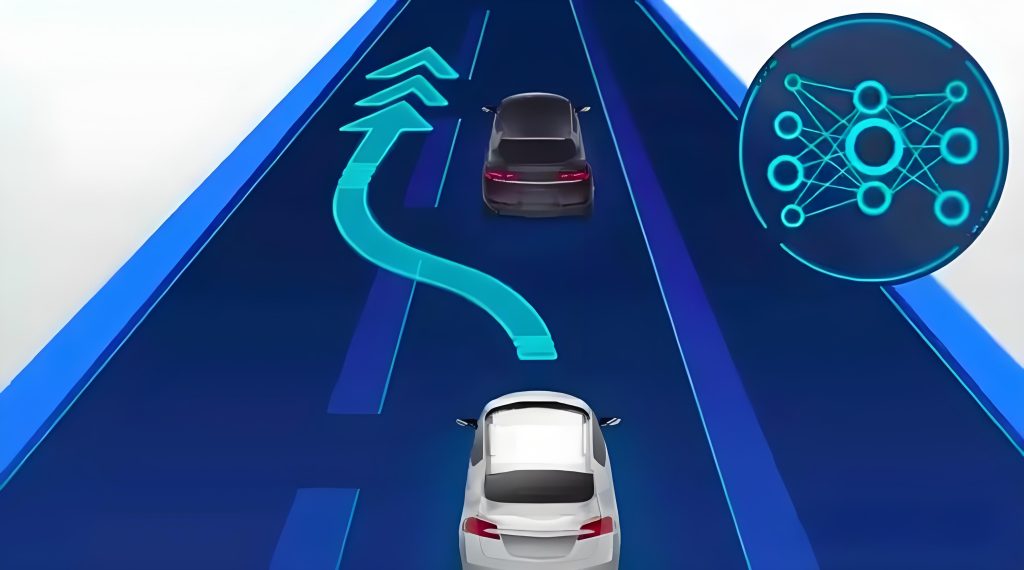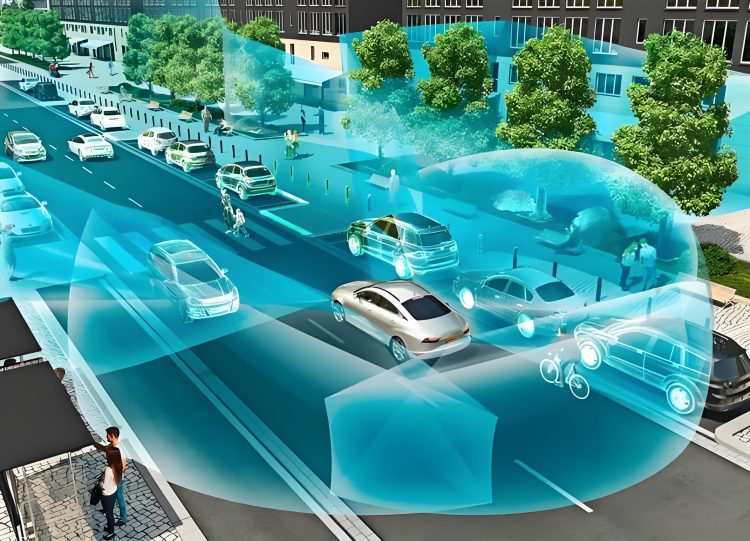In the dawn of a new era of transportation, autonomous driving stands as a testament to humanity’s relentless pursuit of innovation and progress. This revolutionary technology promises to revolutionize the way we move, from individual commutes to mass transit, and its realization hinges on three cornerstone technologies: Perception, Decision-Making, and Control. Together, these pillars form the bedrock upon which the autonomous driving dream is built.
Perception: The Eyes and Ears of Autonomous Vehicles
At the heart of autonomous driving lies the ability to perceive and understand the complex, ever-changing world around it. This is where perception technology comes into play, acting as the eyes and ears of the autonomous vehicle. A symphony of advanced sensors, including lidar (Light Detection and Ranging), radar, cameras, and ultrasonic sensors, work in harmony to capture a 360-degree view of the environment.
Lidar, with its ability to generate high-resolution 3D maps of the surroundings, is crucial for detecting obstacles, pedestrians, and other vehicles with remarkable precision. Radar complements this by providing reliable range and velocity measurements, even in adverse weather conditions. Cameras, meanwhile, capture rich visual information, enabling the vehicle to recognize traffic signs, lane markings, and other road features. By fusing data from these sensors, autonomous vehicles gain a comprehensive understanding of their surroundings, laying the foundation for safe and efficient navigation.
Decision-Making: The Brain Behind the Wheel

With a clear picture of the environment, the next challenge is to make intelligent decisions based on this information. This is where decision-making technology, the brain of autonomous driving, takes center stage. Leveraging advanced artificial intelligence and machine learning algorithms, autonomous vehicles analyze the sensor data in real-time, predicting the behavior of other road users and assessing potential hazards.
The decision-making process involves complex computations, taking into account factors such as traffic rules, road conditions, and the vehicle’s current state. By continuously optimizing its decision-making strategies, autonomous vehicles can adapt to dynamic environments, making split-second judgments that would be impossible for human drivers. This enables them to navigate safely and efficiently, even in the most challenging scenarios.
Control: The Muscles that Move the Vehicle
Once a decision has been made, it’s time for the autonomous vehicle to execute it flawlessly. This is the domain of control technology, the muscles that bring the vehicle’s intentions to life. By precisely manipulating the vehicle’s actuators, such as steering, braking, and acceleration systems, control technology ensures that the vehicle follows the desired path with unwavering accuracy.
Drawing on advanced algorithms and real-time feedback from the sensors, the control system continuously adjusts the vehicle’s movements, compensating for external disturbances and maintaining stability. Whether navigating tight city streets or cruising on open highways, the control technology ensures that the autonomous vehicle remains in complete control, delivering a smooth and comfortable ride for passengers.
Conclusion: A Symphony of Technologies, Shaping the Future
Autonomous driving represents a culmination of cutting-edge technologies, each playing a vital role in unlocking its full potential. Perception, decision-making, and control technologies work in perfect harmony, enabling autonomous vehicles to navigate the world with unprecedented safety, efficiency, and convenience. As these technologies continue to evolve and mature, the future of transportation becomes increasingly bright, promising a world where autonomous vehicles seamlessly integrate into our lives, transforming the way we move forever.


















































Discussion about this post